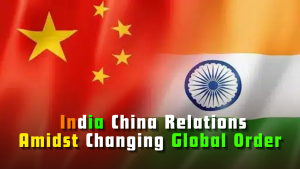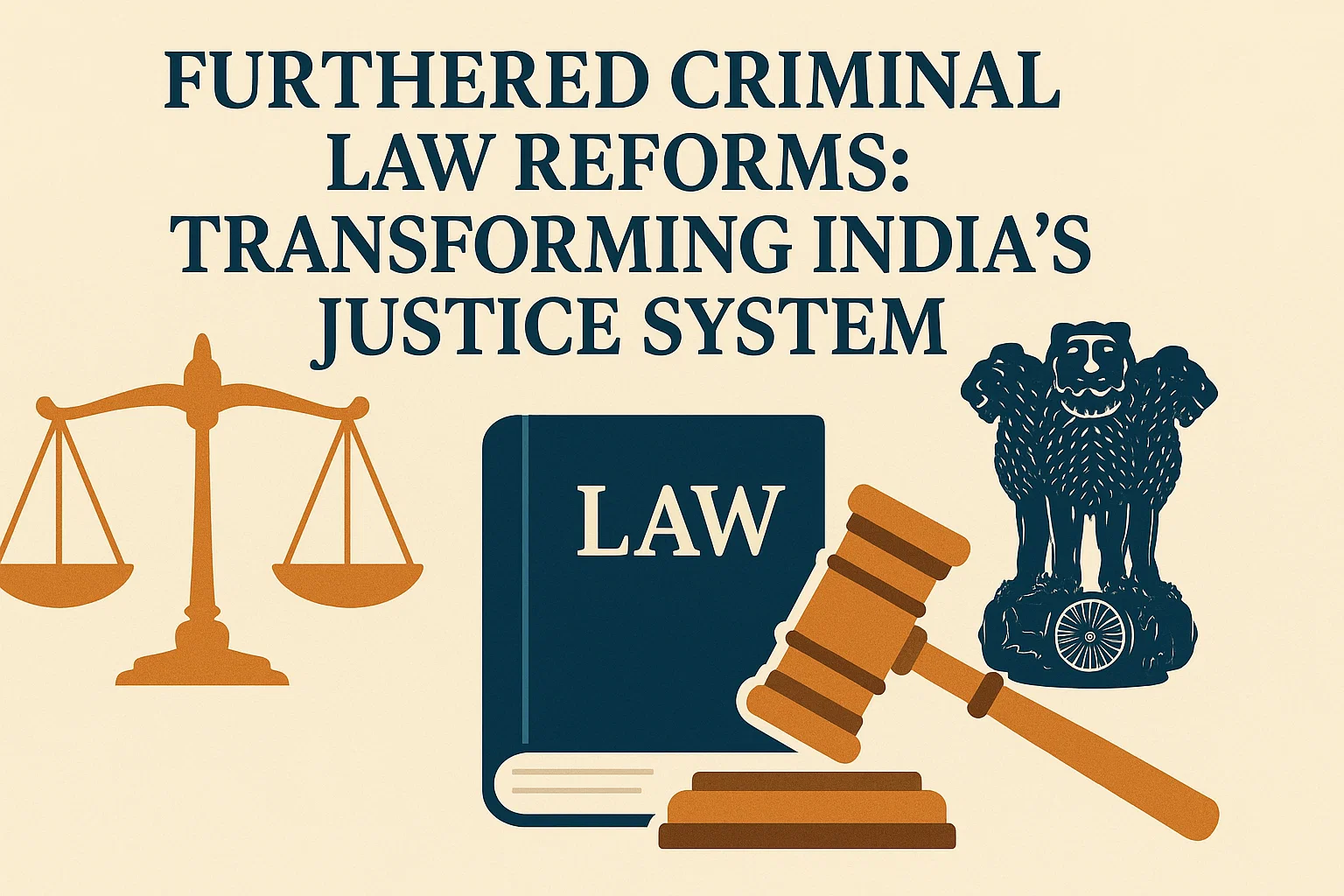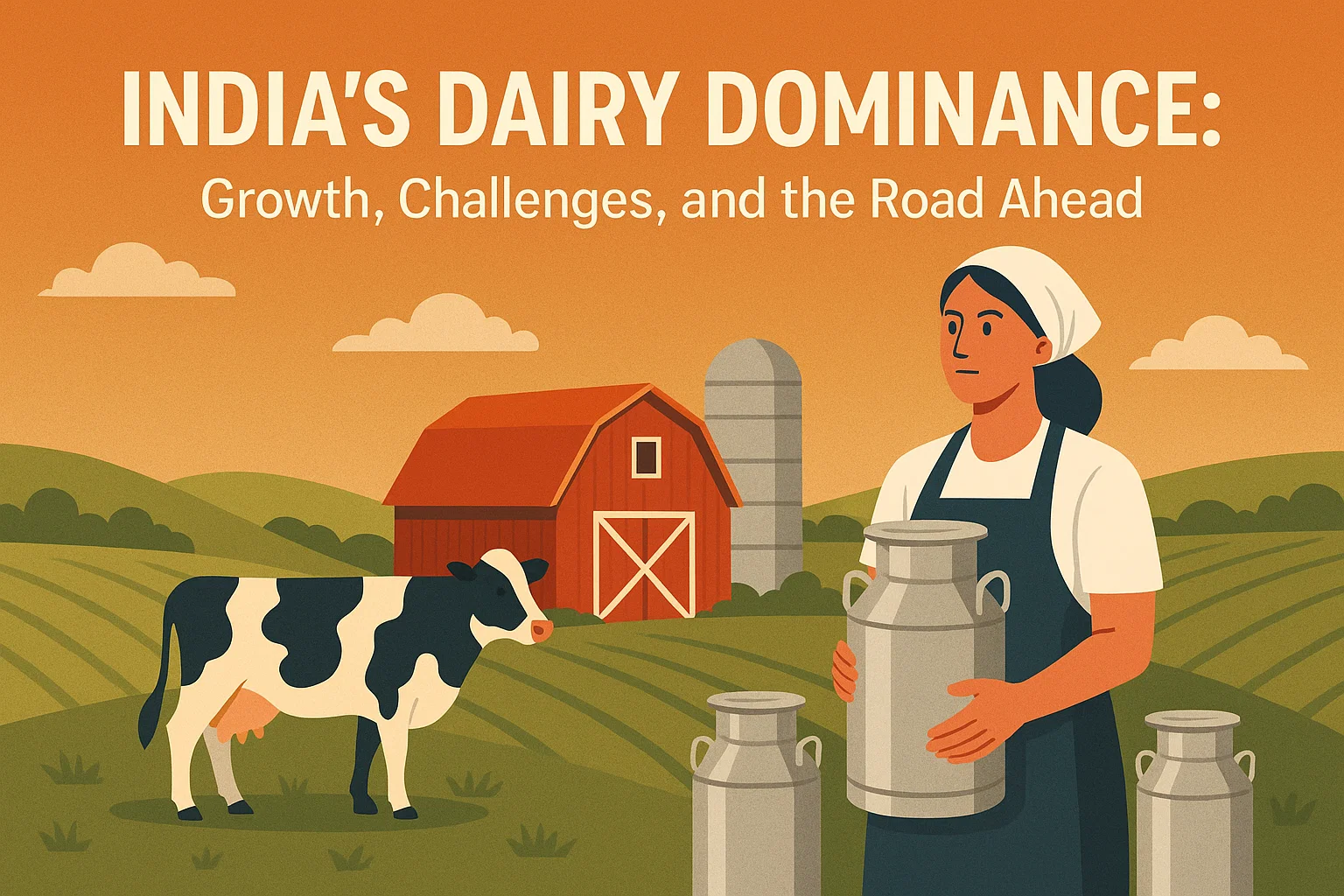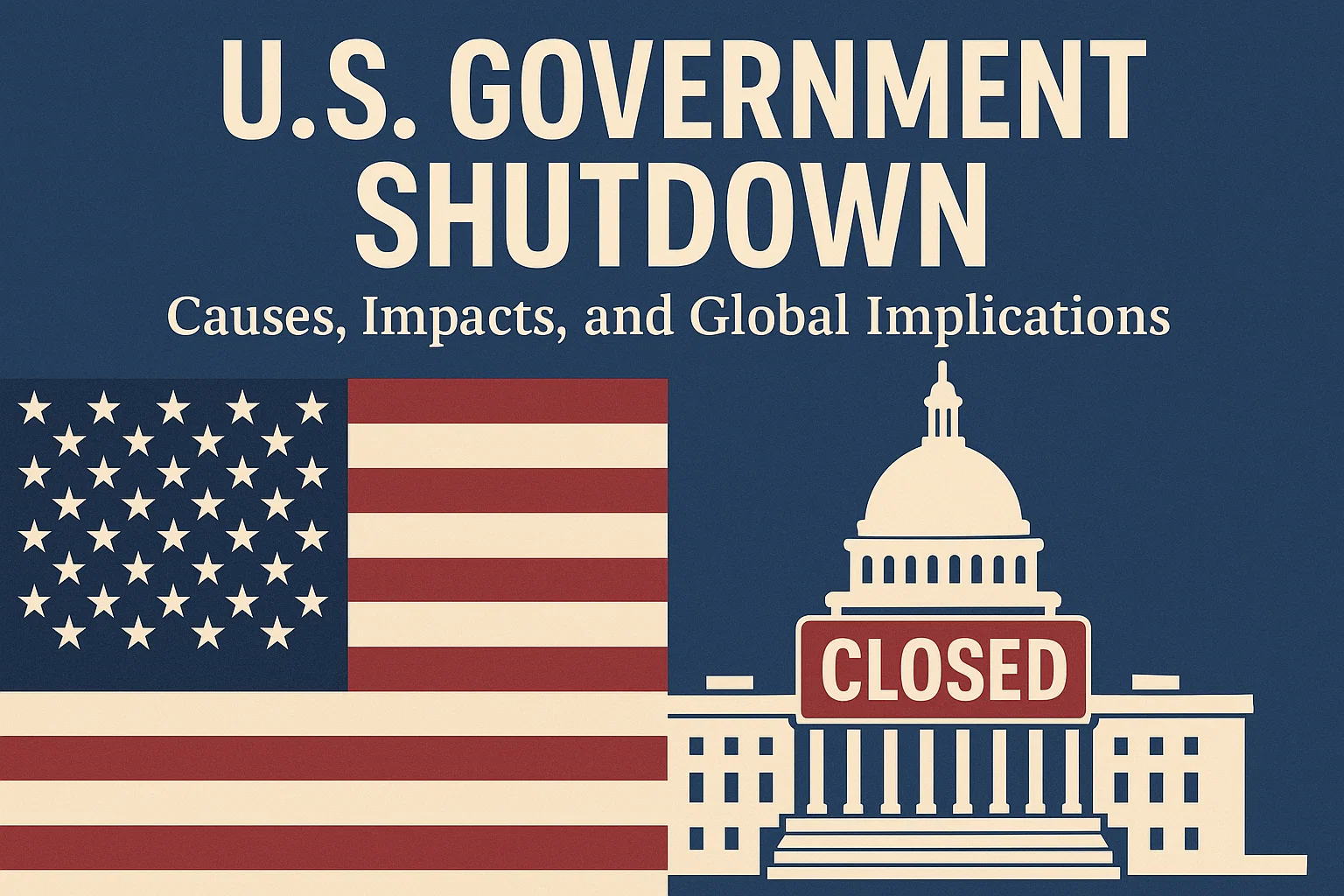Font size:
Print
Subduction
New study reveals surprising clues about the beginning of subduction on Earth
Context: A recent study published in Nature Communications by researchers from GFZ Helmholtz Centre for Geosciences (Germany), in collaboration with teams from Grenoble (France) and Madison (USA), challenges the long-held view that subduction began only after the Hadean Eon.

What is subduction?
- Definition: Subduction is the process by which a denser tectonic plate (usually oceanic) dives beneath a less dense plate (either oceanic or continental) and is recycled into the mantle.
- Location: Occurs at subduction zones, typically marked by deep ocean trenches and volcanic arcs.
- Mechanism: Driven by gravity and the negative buoyancy of the cold, dense oceanic lithosphere. The descending plate, or slab, sinks at angles between 25° and 45°, depending on its age and density.
How and when does subduction occur?
- Subduction happens when two tectonic plates collide, and one is denser than the other.
-
- Two plates move toward each other at a convergent boundary. Usually, an oceanic plate meets a continental plate or another oceanic plate.
-
- The denser plate (typically older, colder oceanic crust) sinks beneath the less dense plate. Continental crust is less dense and more buoyant, so it usually stays on top.
- Traditionally, scientists believed Earth was in a “stagnant lid” regime during the Hadean Eon (4.6–4.0 billion years ago), meaning the crust was rigid but immobile. However, a 2025 study has upended that view:
- Researchers found geochemical evidence in 3.3-billion-year-old olivine crystals suggesting active subduction and continental crust formation as early as 4.5 billion years ago.
- This implies that Earth’s surface may have solidified and become tectonically active much earlier than previously thought.
How did subduction help in the solidification of Earth’s crust?
- After Earth formed around 4.6 billion years ago, its surface was a molten ocean of magma due to intense heat from accretion, radioactive decay, and a massive collision that formed the Moon. Here’s how subduction contributed to crust formation:
- Initiation of Plate Movement: Subduction began when Earth’s lithosphere cooled enough to become rigid. Denser oceanic plates started sinking beneath lighter plates, initiating plate tectonics.
- Crust Recycling and Growth: As plates subducted, they carried water and sediments into the mantle. This triggered partial melting, generating magma that rose to form new continental crust. Subduction zones became factories for crustal material, recycling old crust and creating new landmasses.
- Stabilisation of the Surface: The formation of volcanic arcs and mountain ranges helped build and stabilise continental regions. These features cooled and hardened over time, contributing to the solidification of Earth’s surface.
What are the impacts of subduction?
- Geological Impacts:
-
- Earthquakes: Subduction zones are among the most seismically active regions on Earth. The intense pressure and friction between plates cause megathrust earthquakes. The 2011 Tōhoku earthquake in Japan was caused by the Pacific Plate subducting beneath the North American Plate.
-
- Volcanic Activity: As the subducting plate descends, it releases water and gases into the mantle. This lowers the melting point of mantle rocks, generating magma. Formation of volcanic arcs, like the Andes Mountains and Aleutian Islands.
-
- Mountain Building: Subduction leads to crustal thickening and uplift, forming mountain ranges. The Himalayas formed from the collision of the Indian and Eurasian plates.
-
- Oceanic Trenches: Deep trenches form where one plate dives beneath another. The Mariana Trench, the deepest part of the world’s oceans.
- Environmental Impacts:
-
- Tsunamis: Sudden plate movements in subduction zones can displace ocean water. This generates tsunami waves that devastate coastal regions. The 2004 Indian Ocean tsunami was triggered by subduction off Sumatra.
- Climate Influence: Volcanic eruptions from subduction zones release ash and gases (like CO₂ and SO₂). These can cool global temperatures temporarily and affect weather patterns.



